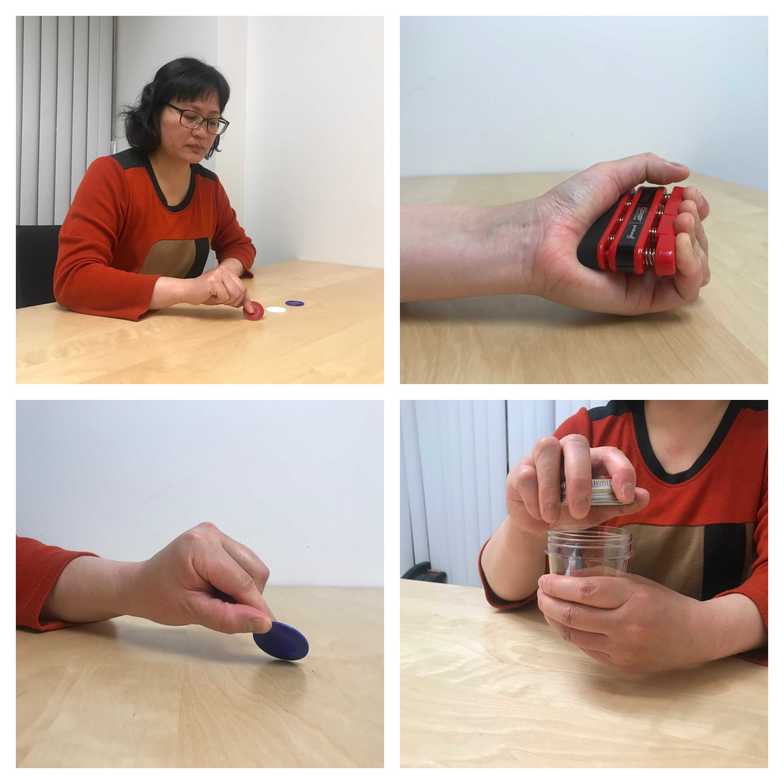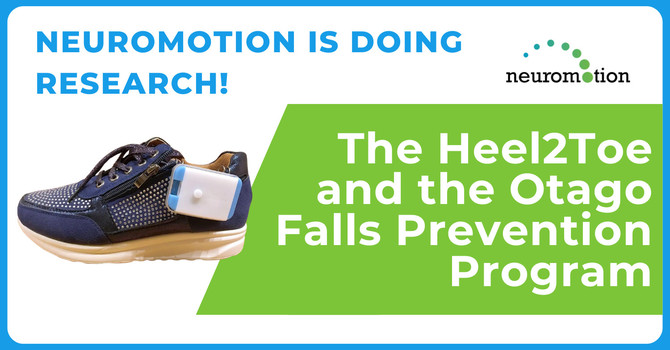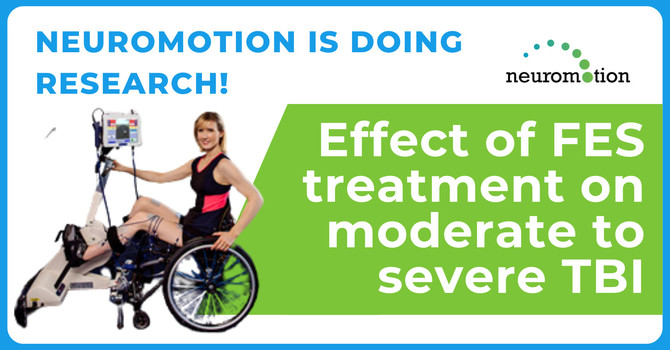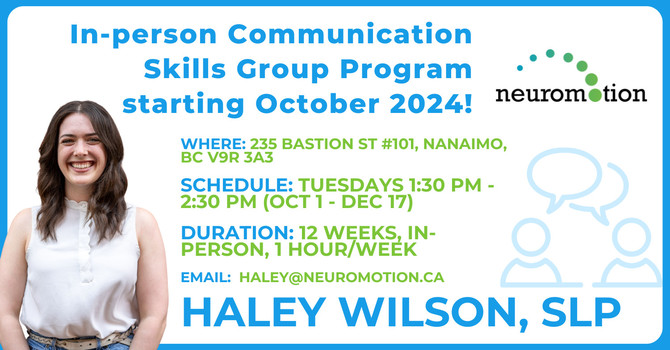
GRASP Class
If you are someone who has suffered a stroke and would like to regain some function in your affected arm, then the G.R.A.S.P. exercise class might be a great addition to your therapy!
G.R.A.S.P. stands for Graded Repetitive Arm Supplementary Program and is a program originally developed by the physical therapy department at UBC in Vancouver. The project was funded by the Heart & Stroke Foundation of BC and Yukon. GRASP is designed for individuals who have suffered a stroke resulting in limited function of their upper extremity. (https://neurorehab.med.ubc.ca/grasp/grasp-overview-and-evidence/ )
Research implementing the GRASP program to inpatients demonstrated overall improvements in arm and hand function, grip strength, and increased use of the upper extremity. (https://www.ncbi.nlm.nih.gov/pmc/articles/PMC3123334/pdf/nihms1782.pdf)
The program has three levels and is available in hospital settings for those who have recently had a stroke and receiving inpatient therapy. However, if you are someone who is interested in outpatient rehabilitation and would like to join a GRASP class, Neuromotion has program offerings available for you!
At Neuromotion, we offer two online GRASP classes based out of our Surrey location but available to all three clinics. We are looking to bring back our in-person classes in the future, so stay connected if you would like to attend one in the future!
Minimum requirements checklist to participate:
- Some ability to move the stroke-affected wrist
- Some ability to shrug their stroke-affected shoulder
- Able to follow instructions and mimic exercises for an hour
- Able to communicate any adverse effects, such as pain (communication of pain can be verbal or non-verbal)
- Independently carry out exercises or have caregiver assistance
***If you would still like to participate but do not meet the all requirements, we encourage you to attend class and participate in the best capacity that you can. ***
GRASP exercises work on:
- Range of motion Working on joint range of motion of the shoulder, elbow, wrist and fingers
- Strengthening Working on muscle strength and endurance to improve bone density and help carry out activities of daily living
- Repetitions of the stroke-affected arm and hand Thousands of repetitions are needed to help rewire the brain and improve motor learning
- Weight bearing Adding a load to the affected arm helps decrease spasticity, improves bone mineral density, and is a great way to integrate sensory feedback into the nervous system
- Trunk control Increase core strength and range of motion to help with reaching motions, a strong trunk help facilitate arm movements
- Bilateral tasks Exercises include using both hands to complete tasks; this helps coordinate movement and improve fine motor function
For a comprehensive exercise overview, click on this link: https://neurorehab.med.ubc.ca/grasp/grasp-videos/
Participants who join are encouraged to follow a home program either on their own or with the assistance of a caregiver (you may receive an online manual or printed copy from Neuromotion to follow along). Additionally, a GRASP kit with equipment will be provided for in-person sessions. If you are attending an online class; your instructor will email you a list of items to gather before your session begins.
To get more information or sign up for one of our classes, contact one of our clinics.
Resources:
https://neurorehab.med.ubc.ca/grasp/grasp-overview-and-evidence/
https://www.ncbi.nlm.nih.gov/pmc/articles/PMC3123334/pdf/nihms1782.pdf
https://neurorehab.med.ubc.ca/grasp/grasp-manuals-and-resources/



